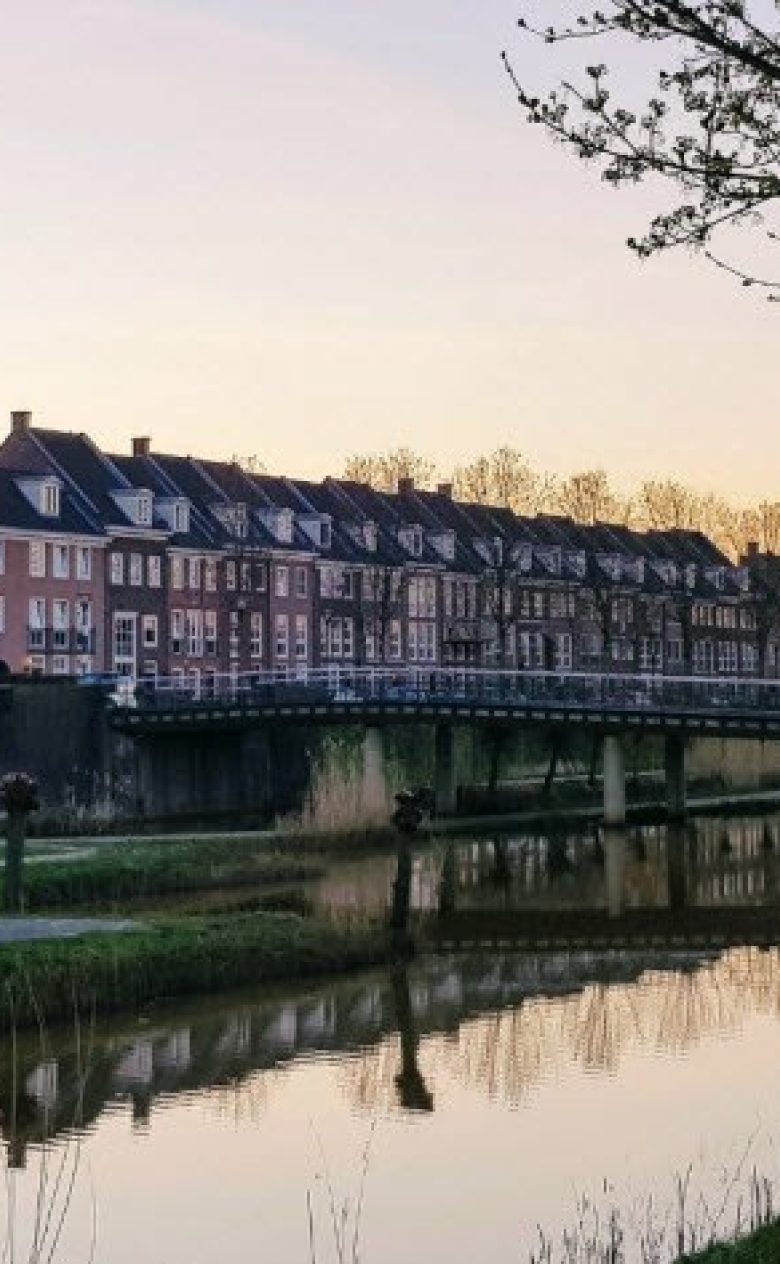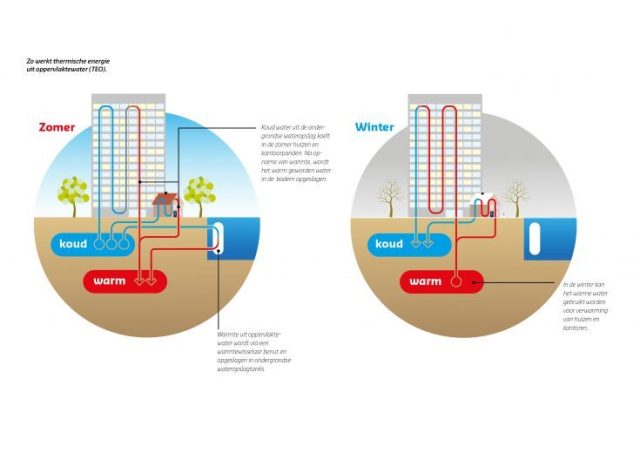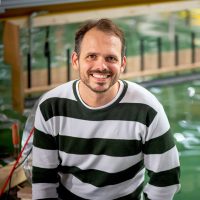Design guideline for aquathermal systems bundles knowledge and experience
To make a better assessment beforehand of important considerations in aquathermal systems, and the risks, experts have developed a design guideline. Aquathermal systems are increasingly being used to heat buildings. They harvest thermal energy from surface water (TEO) and therefore use the water as a sustainable energy source. With the guideline, designers, managers and installation engineers can design reliable and efficient aquathermal systems for now and the long term.

Experience with existing aquathermal projects has demonstrated that a sound understanding of the water quality and ecology of the extracted water is needed to produce a good design. The guideline (in Dutch) therefore devotes particular attention to the interaction between water quality and the design and maintenance of aquathermal systems.
Practical tips and experience for existing aquathermal systems
The guideline draws on the available knowledge in the field of hydraulics relating to widely-used parts such as pumps, filters and heat exchangers. It includes practical tips that can be taken into account in the design. In addition, it combines experience with existing aquathermal systems so that lessons can be learned from them.
Our knowledge about TEO systems (particularly from practice) will increase in the coming years. The experts recommend a periodical review of this guideline and updates with the latest knowledge.

WarmingUP
The design guideline was produced as part of the WarmingUP (in Dutch) knowledge programme. On the basis of the development of knowledge in WarmingUP, we are pooling forces to ensure that aquathermal energy will become a genuine alternative for the collective heating and cooling of buildings. WarmingUP is a collaborative venture involving more than forty parties from the entire heating sector who are working together to develop practical knowledge so that collective heating systems will be reliable, sustainable and affordable for the purposes of the heating transition.

